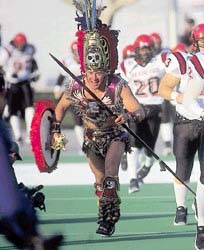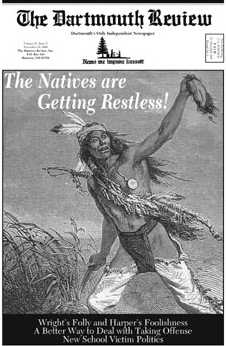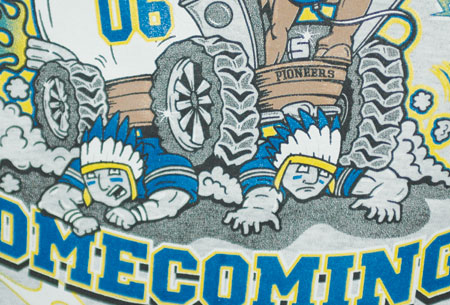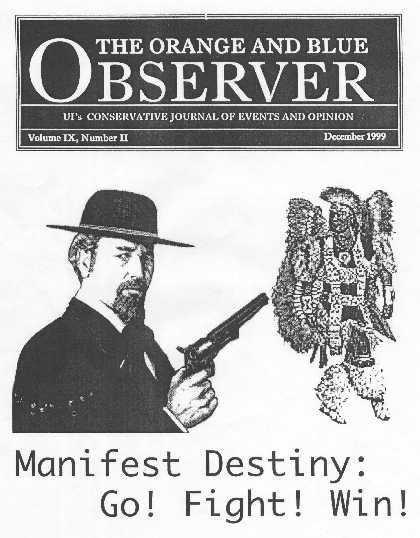Police across the nation reported 7,722 criminal incidents in 2006 targeting victims or property as a result of bias against a race, religion, sexual orientation, ethnic or national origin or physical or mental disability. That was up 7.8 percent from 7,163 incidents reported in 2005.





5 comments:
According to the FBI statistics, anti-black hate crime incidents were up 0.4 percent while anti-white hate crime incidents were up 7.5 percent, but the statistics are easy to play with.
There were 7,722 hate crimes reported during 2006, a year in which there were 13,442,454 crimes reported. Hate crimes made up 0.057 percent of reported crimes. By eliminating hate crimes, we could reduce crime in the United States by nearly six tenths of one percent.
According to recently released FBI statistics, 7,330 Americans committed hate crimes during 2006. This figure means that 0.0024 percent of 300 million Americans engaged in hate crimes during 2006. If hate crimes were reliable indicators of bias in American society, we could conclude that more than 99 percent of Americans are free of racial, ethnic, religious, disability or sexual orientation bias.
Of the 7,330 hate crime offenders, 3,957 committed racially motivated hate crimes. This means that 0.0013 percent of Americans committed racially motivated hate crimes. If racially motivated hate crimes were reliable indicators of racial prejudice in society, we could conclude that more than 99.9 percent of Americans are free of racial bias.
There were three racially motivated murders during 2006. Since lightening kills about 100 Americans each year, Americans are 33 times more likely to be killed by a lightening bolt than they are to die as the result of a racially motivated hate crime. If we eliminated racially motivated murders, we could reduce the overall number of murders from 17,034 each year to 17,031 a year. That’s a 0.17 percent drop.
There were four racially motivated forcible rapes during 2006. If we eliminated racially motivated forcible rapes, we could reduce the number of forcible rapes a year from 92,455 to 92,451. That’s a 0.004 percent drop.
There were 607 racially motivated aggravated assaults during 2006. If we eliminated racially motivated aggravated assaults, we could reduce the number of racially motivated aggravated assaults per year from 855,088 to 854,481. That’s a 0.07 drop.
It would be more effective to enact laws to attach harsher sentences to interracial crime, regardless of motivation. For example, 573 of the 3,709 whites murdered in 2006 were murdered by blacks, while 208 of the 3,304 blacks murdered during the same year were murdered by whites. Eliminating these interracial murders would have more of a significant statistical impact than eliminated racially motivated murders. The same goes for every other violent crime.
Although whites make up nearly 80 percent of the population, only about 58.6 percent of hate crime offenders were white. (The numbers groups Hispanics with non-Hispanic whites.) Although blacks make up about 12 to 13 percent of the population, 20.6 percent of hate crimes offenders were black. Although people of mixed race make up only about 2.2 percent of the population, 5.7 percent of hate crimes offenders were persons of mixed race. (The group most overrepresented as hate crimes offenders appear to be people of mixed race, which seem counter-intuitive.) Asian/Pacific Islanders made up 1.1 percent of hate crime offenders while American Indian/Alaskan Natives made up 1.0 percent of hate crime offenders. The FBI statistics listed the race of 12.9 percent of hate crime offenders were unknown.
Re "If hate crimes were reliable indicators of bias in American society, we could conclude that more than 99 percent of Americans are free of racial, ethnic, religious, disability or sexual orientation bias":
Er, no. Americans fall into three categories, not two: 1) people who commit hate crimes; 2) people who have racist thoughts but don't commit hate crimes, and 3) people who don't have racist thoughts.
Hate crimes are the tip of the racist iceberg. If you wanted to conclude something valid, first you'd have to identify the link between people who commit hate crimes and the much larger pool of people who think hateful thoughts but don't commit hate crimes. The linkage might go something like this:
For every person who commits a hate crime, 1,000 people think hateful thoughts. Therefore, the 7,722 hate crimes represent 7,722,000 people with hateful thoughts.
Actually, polls and experiments show that a significant minority of Americans still harbor racist thoughts. The number is probably in the 100-million range, so 7.7 million is a huge underestimate. In short, you can't conclude much about racism in America from the sheer number of hate crimes.
What's interesting is the upward trend in the number of hate crimes. Perhaps this reflects a change in the reporting requirements. Or perhaps it reflects an increase in racist thinking.
Writerfella here --
Since you've asked, the answers are (among others): from the culture of American History and from the culture of American white superiority. The juggernaut (ziggurat?) of the United States teaches no less. Deny that, in as few words as these, and you win a cookie...
All Best
Russ Bates
'writerfella'
Why would I deny it? I've spent the last two decades making that very point.
Writerfella here --
Of course, but then again, who else really would know white American history, but a white American?
All Best
Russ Bates
'writerfella'
Post a Comment